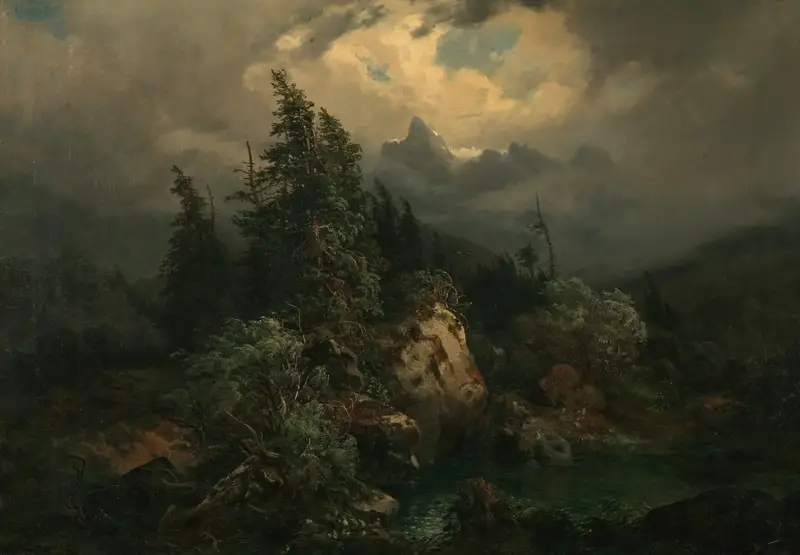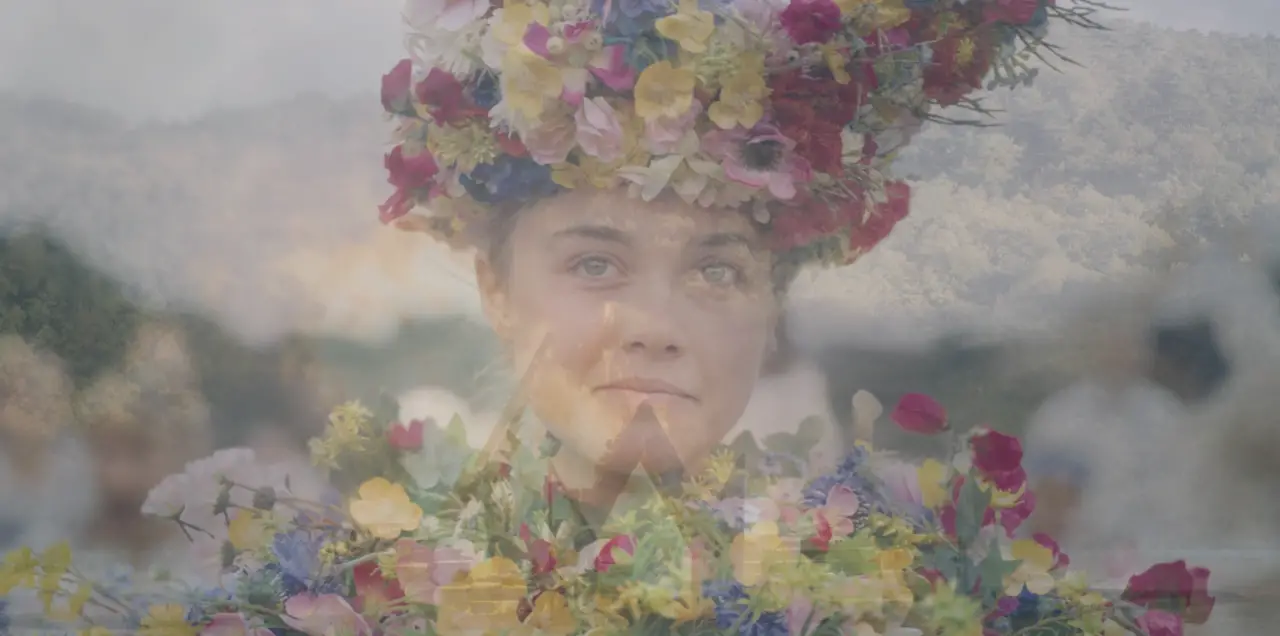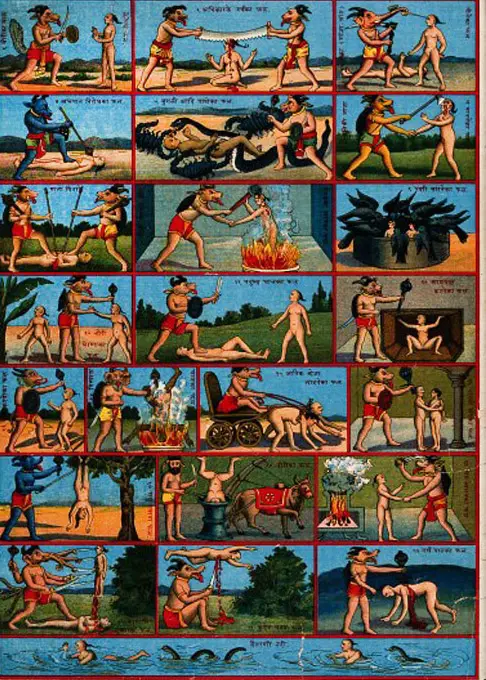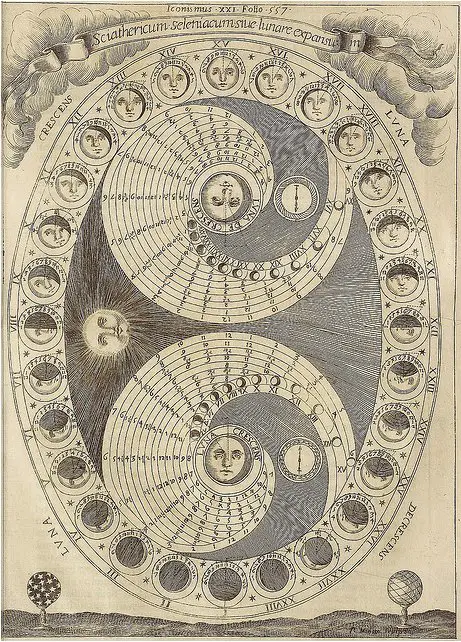Tag: rebirth
The true nature of the Green Man
Ornamental motif initially in medieval miniatures, then in British and Germanic Christian architecture, the symbol of the "Green Man" is a real mystery, as although apparently born in the Christian era it undoubtedly carries 'pagan' symbolisms on the perpetual rebirth of vegetative soul of nature and of the whole cosmos.
Kernunnos: or of the perennial renewal of the cosmos
Primordial epiphany of the giver of life and death, archetypically connected to the dark forces of the natural world, the Celtic Cernunno was not only god of hunting and wild nature, but a real "cosmic god" ruler of the cycle of death-and - rebirth, as evidenced by the symbols attributed to it by traditional iconography: the stage with cervine horns, the torques and the horned snake.
Devotion: the sunset of the idols and the Waldgänger trail
The godless world saw the birth of man. On the desolate battlefield the astonished winner stood up and a naive triumphant grin was printed on his face: the war was perhaps won, the hated enemies defeated, man could finally get out of his lair and march on earth and other creatures. What a joy for the peoples, but what a tragedy for the world! Today, at the "Wall of Time"And al crossroads of history, having broken the order that we have taken for granted too lightly, we are preparing to build new paradigms for the world to come.
“At the wall of time”: the question of history and the crisis of the modern world
Ernst Jünger's work on cyclical time, published 60 years ago, marks the apex of what was called the "culture of the crisis", a current of thought focused on becoming aware of the drama of History and Historicism and on the image of time as an impetuous flow that overwhelms everything: intuitions that, before Jünger, were brought to the surface by Oswald Spengler, René Guénon, Julius Evola and Mircea Eliade.
“Midsommar”: the coronation of Beauty and the expulsion of the Beast
Ari Aster's "folk-horror" film stages a Midsummer ceremony inspired by the ancient European rites of late winter and Calendimaggio: beyond the inaccuracies and poetic licenses, the fulcrum of the narrative must be recognized in the "descent into hell" and in the subsequent rebirth of the protagonist Dani, an initiation that obviously requires a sacrifice.
The "tapas", the libido and the victory over necessity
The stages of the development of consciousness are contained in the myth, which leads to the conscious realization of the individual destiny, the cure as a re-actualization of the myth becomes mythbiography in a path that from Jung, through Neumann and Bernhard reaches Romano Màdera.
“Penda's Fen”: the sacred daimon of ungovernability
The revolt against the modern world and the initiatory journey of the young Stephen through his encounter with angels, demons and the ancient pagan powers of the English Motherland, in this undiscovered jewel of the Seventies British folk-horror.
The double spiral and the double movement of emanation and reabsorption of the cosmos
di Marco Maculotti
cover: phases of the moon, taken from "Ars Magna Lucis et Umbrae" by Athanasius Kircher, 1646
In the first essay of this column on the theme of the symbolism of the spiral and the "cosmic rebirth" [cf. The symbolism of the Spiral: the Milky Way, the shell, the "rebirth"] we dwelt on the esoteric meanings of the spiral symbol and the closely related ones of the Milky Way and the shell. In this second appointment we aim to analyze the symbol of the double spiral from an even more 'cosmic' perspective, with regard to the traditions that convey this symbol to concepts concerning the creation (or rather, the emanation) of the cosmos and its reabsorption. We will begin our discourse by examining the Indian Brahmin tradition and comparing it with the Tantric śivaist one of Kashmir, and then analyzing the points of contact, from a religious syncretism point of view, with that — distant in terms of time and space — pre-Columbian of the Nahua-Aztec peoples.
The symbolism of the Spiral: the Milky Way, the shell, the "rebirth"
di Marco Maculotti
Having analyzed in recent months [cf. Cosmic-agrarian cults of ancient Eurasia] a series of rites, myths and deities connected to the theme of cosmic rebirth, we want in this appointment and in the next ones to focus our attention on some symbols, which we have already mentioned, which archaic man recognized as images capable of eschatologically raising him towards the understanding of this mystery.










